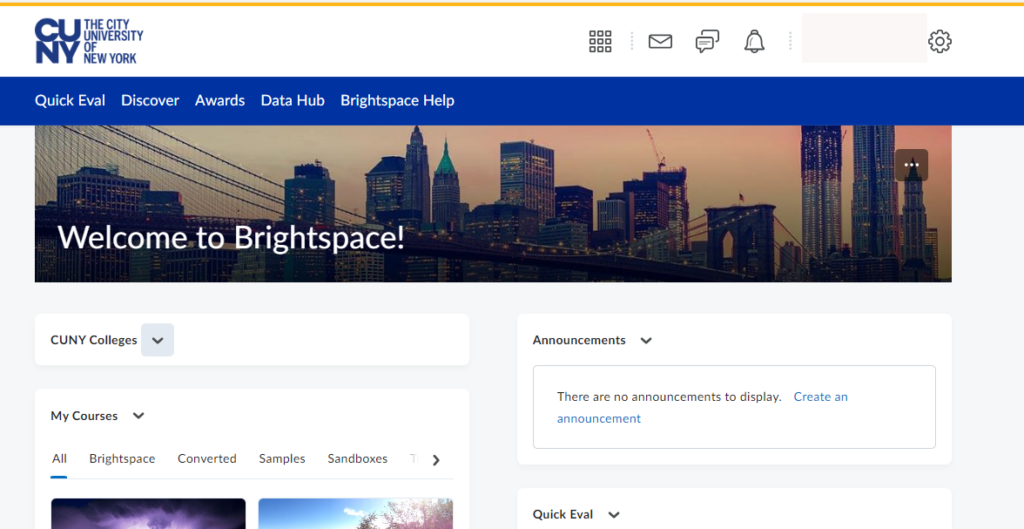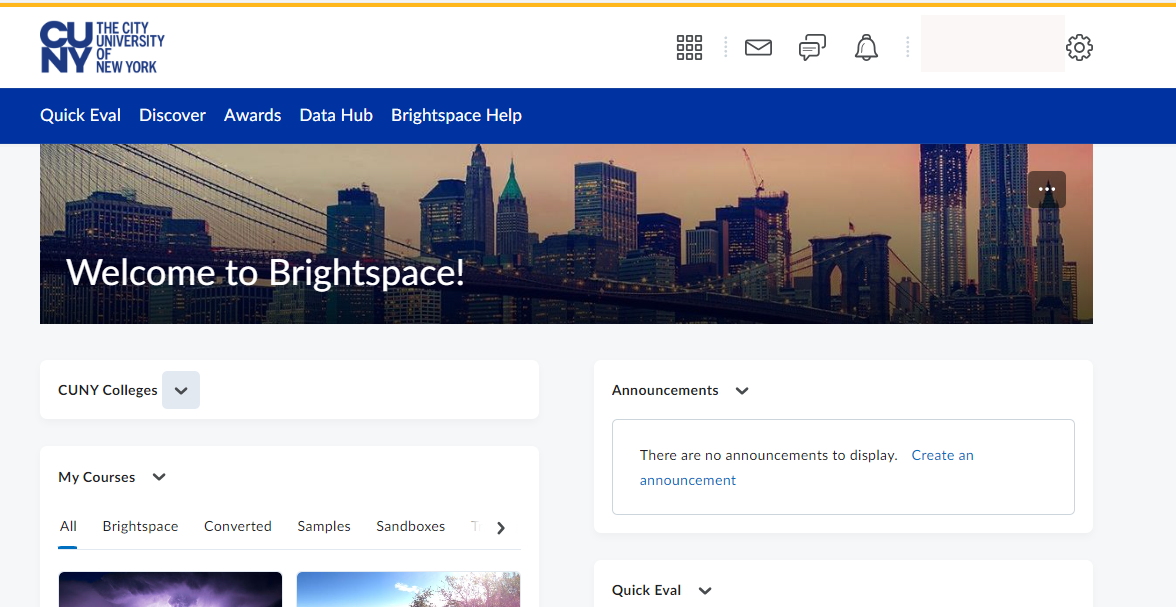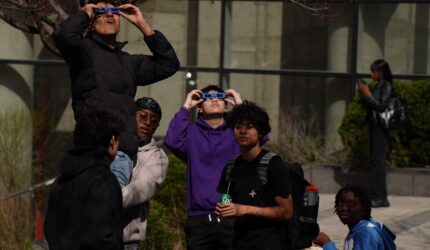Transition to Brightspace to be a ‘piece of cake,’ Dean says

Goodbye Blackboard, hello Brightspace. For all CUNY students, this will be the last academic year using Blackboard, the learning management system (LMS) that serves as the university’s online platform for everything from accessing course readings to discussion boards to grades.
Like other CUNY campuses, CUNY SPS is undergoing its own transition to D2L Brightspace, which should be completed by Summer 2024, according to a recent announcement by the School. Blackboard’s glitches with logging in, confusing folders, the inability to view grades on some browsers, and a generally old-fashioned interface will be a thing of the past.
CUNY SPS has been using Blackboard as its sole LMS since the School opened in 2003. SPS is also among the first cohort of CUNY schools to make the transition, with some colleges not beginning their transition until Fall 2024 or even Fall 2025.
The transition for CUNY SPS began at the start of the Fall 2023 semester with planning and training of the School’s core staff members. The Spring 2024 semester will see the rollout of training for all faculty and students, and some courses will start being moved from Blackboard to Brightspace. Those first courses will finally go live for students by the Summer and Fall 2024 semesters, according to the CUNY SPS LMS transition site.
A modern interface
Brightspace offers a range of features Blackboard does not, noted Assistant Dean of Faculty Development and Instructional Technology Ruru Rusmin, the transition lead for SPS. The new platform’s clean design and modern interface was part of what won over CUNY committees of faculty, staff, and students to adopt it, she said.
“From the student point of view, the main thing will be the interface,” Rusmin said. “It is much more in line with a web 2.0 look and feel, so it will be easier and faster to get to the content that you need.”
Brightspace’s features include a homepage that functions as a dashboard to bring students’ classes together with notifications, an update from Blackboard’s many layers of folders students must go through to find important information, Rusmin said. Students will also be able to use more multimedia tools, such as video submissions, for some classes, she added.
Dean Lisa Braverman, who began her tenure with CUNY SPS this semester, has experience in LMS transitions into Brightspace and said she was familiar with the process.
“In the CUNY system, this is a piece of cake for us,” Dean Braverman said. “There will be some interesting new ways to learn, maybe some functionalities that may be of greater interest, maybe a more vibrant interface than the chunky, clunky interface that Blackboard has become known for.”
The transition team consists not only of CUNY SPS officials, but also committees for communications, pedagogy and practice, technical issues, and training and support. Those committees, made up of CUNY SPS staff and students, report to the Dean’s Steering Committee as well as the Change Management Team, where Rusmin serves as chair. The inclusion of students in each committee ensures that they have a say in how the site gets customized for CUNY SPS’ unique needs, which means customized features for each class.
“It’s not only having [customized features],” Dean Braverman said. “It’s that we’re implementing them in a way…that really is vibrant and engaging.”
On the back end of the platform, CUNY SPS is working closely with Brightspace parent company D2L to integrate the latest version of third-party tools such as video platform Panopto, Rusmin explained. At the moment, Blackboard still integrates with third-party tools, but these integrations use older connections, which prevents students from using the latest versions of some software, she added.
Rusmin will be updating the CUNY SPS Student Association on the transition during its December 13 meeting, which will give the association a chance to ask questions and offer input. The transition team has also set up an email account at brightspace@sps.cuny.edu for students to anonymously submit questions about the process.
“It’s not only mission critical that the platform is stable and successful,” Rusmin said. “But it’s really such a key component of our campus, because we’re virtual. It is like part of our environment, part of our campus.”





